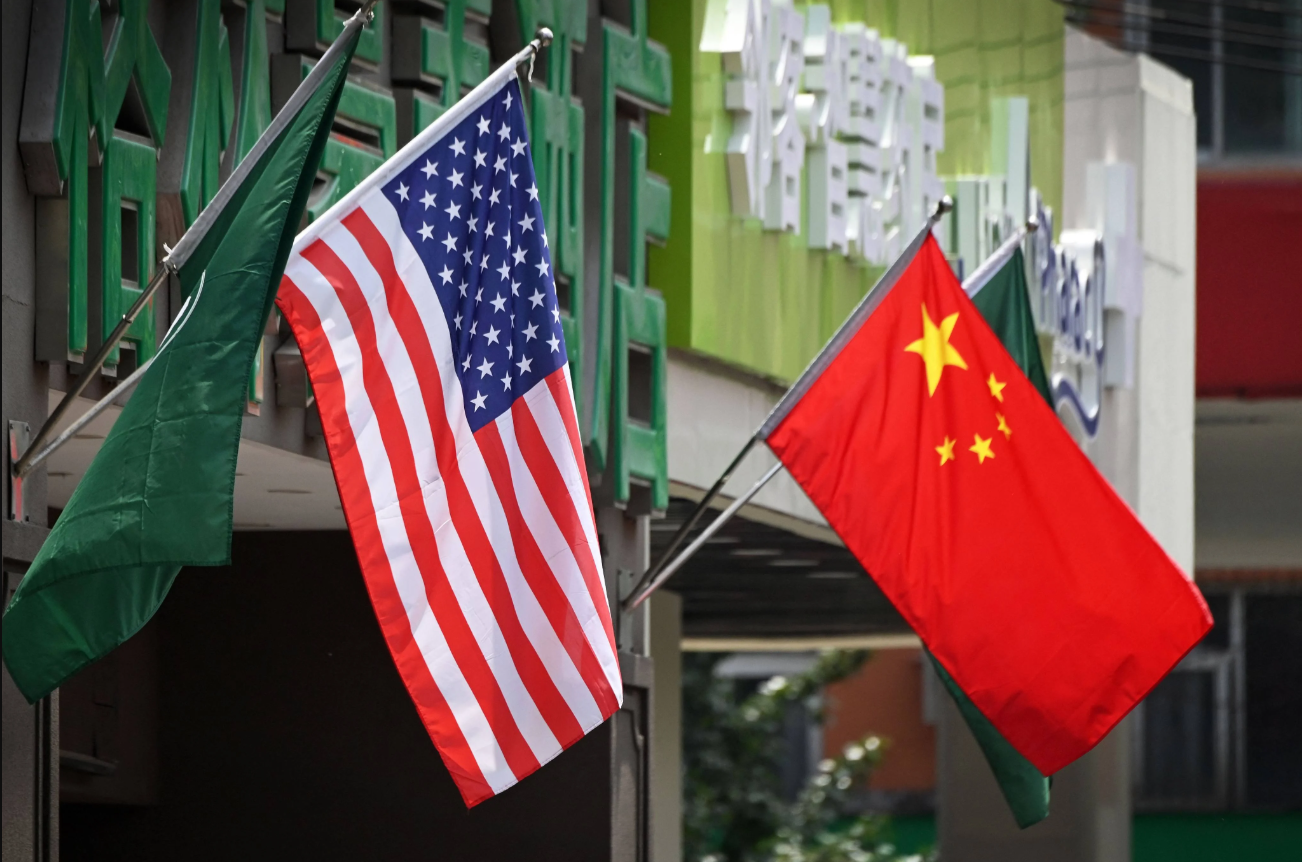The global economy is like a massive game of dominoes—when two giants like the US and China move, the rest of the world feels the shake. Recently, the news of a temporary pause—or “tentative ceasefire”—in the US-China trade war has sparked major conversations in financial circles. Tariffs have been lifted for now, but the question is: what happens next?
In this article, let’s break it all down in plain English. What does this ceasefire mean for the average person? How might businesses react? And more importantly, is this just a band-aid, or the start of something more lasting?
The US-China Trade War: A Quick Recap
Let’s rewind a bit. The trade war between the US and China has been going on since 2018, with both countries slapping heavy tariffs on each other’s goods. Think of it like two neighbors in a dispute throwing rocks over the fence—each action triggering a retaliation.
Tariffs were used as weapons. The US taxed Chinese imports to pressure them on trade practices, and China responded with tariffs on American goods. This tit-for-tat approach created uncertainty, disrupted supply chains, and affected businesses and consumers worldwide.
Fast-forward to now: we’re seeing a pause in the battle. Both countries have agreed to step back temporarily. Some tariffs have been lifted or postponed, and negotiations are (once again) on the table. But is this a real resolution? Or just a commercial ceasefire before the next round?
Why This Temporary Ceasefire Matters
You might be thinking, “How does this trade stuff between two superpowers affect me?” Well, the truth is—it affects almost everything. From the price of your smartphone to the cost of groceries, this trade war has quietly raised expenses across the globe.
Here’s why this ceasefire is a big deal:
-
Consumer Relief: With some tariffs lifted, the prices of imported goods might stabilize—or even drop.
-
Business Confidence: Companies hate uncertainty. A break in the trade war gives businesses a reason to invest and plan ahead.
-
Stock Markets React: Investors see this as good news. Global markets tend to rise when tensions ease.
-
Supply Chain Stability: Manufacturers that rely on Chinese components (or U.S. exports) can breathe a little easier.
Still, this is only temporary. Both countries remain cautious, and without a permanent agreement, things could flare up again.
Impact on Global Industries: Who Wins and Who Waits?
Different industries will feel the effects of this truce in different ways. Let’s take a look:
| Industry | Impact of Tariff Pause |
|---|---|
| Technology | Lower costs on parts and components from China. |
| Agriculture | U.S. farmers might regain access to Chinese markets. |
| Automobiles | Car prices could stabilize with parts tariffs lifted. |
| Retail | Imported goods (electronics, clothing) may become cheaper. |
| Logistics | More consistent trade flows reduce delays and shipping costs. |
So, who’s the biggest winner? Arguably, the tech and consumer electronics sector. Many products in this space rely on Chinese parts and manufacturing. On the other hand, industries that are slower-moving—like automotive or heavy machinery—might need more time to feel the benefits.
What’s in It for the US and China?
Let’s not forget—this isn’t just about economics. There’s politics, image, and global influence at play.
For the US, the ceasefire is a way to ease inflation and calm domestic markets ahead of elections or major policy shifts. With prices rising at home, any relief from tariffs can be used as a political win.
For China, the goal is to stabilize its economy and restore foreign investor confidence. The ongoing trade battle has slowed growth and hurt key industries, so stepping back—at least temporarily—helps ease the pressure.
Neither side wants to appear weak, which is why this is called a “tentative” truce. It’s more like an extended handshake with fingers crossed behind the back.
What Should Businesses Do Now?
If you’re running a business that depends on international supply chains—or even if you’re just a curious entrepreneur—this is the time to think long-term.
Here are a few steps that businesses can take:
-
Diversify Suppliers: Don’t put all your eggs in one (Chinese or American) basket.
-
Watch the News: These talks are ongoing, and things can change fast.
-
Review Pricing Models: As tariffs ease, reevaluate costs and margins.
-
Consider Hedging Strategies: Financial tools can protect against future trade disruptions.
And most importantly, businesses should stay flexible. This ceasefire is a window of opportunity, but the bigger war isn’t officially over.
Conclusion
The temporary lifting of US-China tariffs is like hitting the pause button on a long, noisy argument. It’s not a full peace treaty, but it gives both sides—and the rest of the world—a moment to catch their breath. Consumers may enjoy lower prices, businesses get a little clarity, and economies can refocus.
But let’s not get too comfortable. Until a full agreement is inked, the trade war’s shadow still looms large. Like a storm that’s calmed but not passed, there’s always a chance things could get turbulent again.
For now, though, this ceasefire brings a bit of sunshine—and we should make the most of it.
